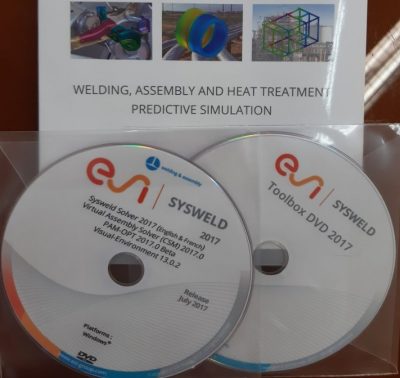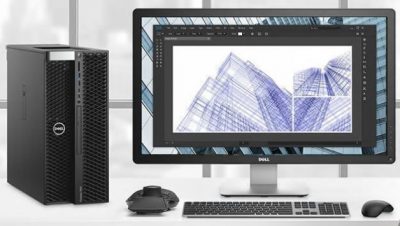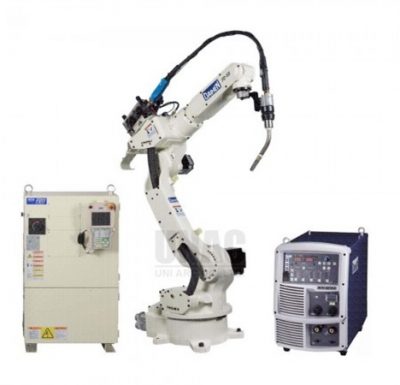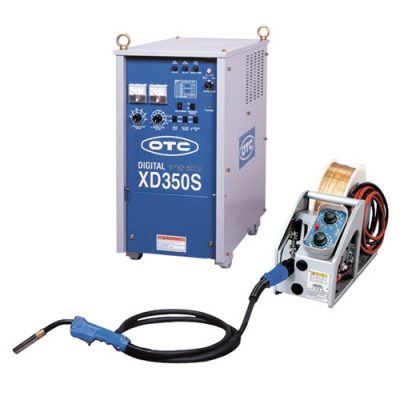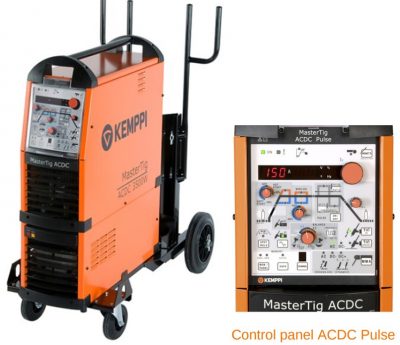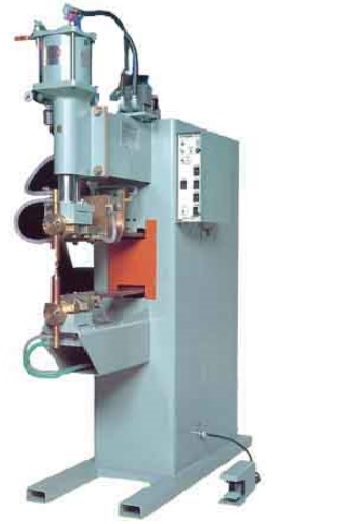1. Some main research directions:
- Research and building of welding procedure specifications (WPS) for special materials.
- Research and development of high productivity welding technology solutions.
- Research and development of advanced welding technologies.
- Research and manufacturing of welding equipment & welding robot.
- Research and manufacture all kinds of mechanized and CNC automated controlled welding jigs.
- Research and design of CNC automated welding production lines in the mechanical manufacturing industry.
- Research, simulate and evaluate the working ability of metal structures.
- Research and manufacturing of new welding materials.
- Research of thermal spraying processes & built-up welding to restore machine parts and manufacture mechanical products with special surface properties (wear-resistant, anti-corrosion, heat-resistant, …).
- Research and application of special welding processes (Laser welding, friction welding, aluminothermic welding, high-frequency welding, …) to manufacture high-tech products.
2. Technology transfer:
- Consulting on the construction of welding workshops/welding laboratories/welding training centers & welding personnel training programs (welders, welding experts) according to international standards.
- Training of welding personnel according to Japanese standards & International Welding Institute.
- Consulting solutions to improve productivity, accuracy and quality of welding products.
- Transfer of welding & heat treatment technology of special materials.
- Consulting and transfer thermal coating technology to protect and improve the lifetime of machine parts.
- Transfer the welding technology to restore machine parts in the oil and gas, chemical, mining, cement, thermal power industries, etc.
- Investment consulting and transfer of special welding technologies (Laser welding, friction welding, diffusion welding, ultrasonic welding, aluminothermic welding, high-frequency welding, plastic welding, composite welding, ceramic welding, …).
3. Some research software & equipment are available:
|
3.1. Licensed software: Sysweld 2017.0 of ESI Groups
|
Using:
|
|
3.2. Workstation computer, Model: Dell Precision Tower 7820 Workstation Gold 5218 of Dell – USA
|
Using:
|
|
3.3. Welding robot, Model: FD-V8 of OTC – Japan
|
Using:
|
|
3.4. MIG/MAG welding machine, Model: XD-350S of OTC – Japan
|
Using:
|
|
3.5. TIG welding machine, Model: MasterTIG AC/DC 3500 of Kemppi – Finland
|
Using:
|
|
3.6. Resistance spot welding machine, Model: SLP-35A of NAS-TOA – Japan
|
Using:
|
|
|
|


 Tiếng Việt
Tiếng Việt
